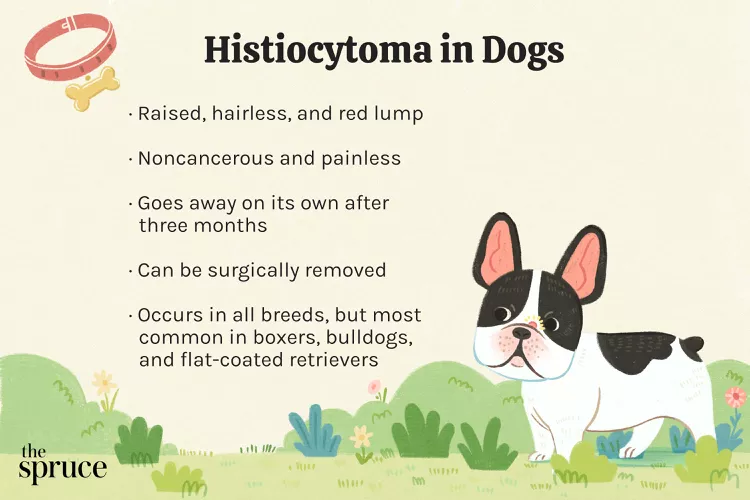
When vacationing in nature, it’s only right to think about bringing your pet along with you to enjoy the great outdoors. Before planning your visit to a national park, make sure you thoroughly research the pet policy of the park or parks you plan to visit so that you are not caught off guard.
There are 63 national parks in the United States. Truly pet-friendly parks are the ones that allow pets in most areas of the park where people are allowed, such as trails and overlooks; however that is not always the case. While most national parks tolerate pets in some capacity, some strictly restrict pets to certain areas such as parking lots, campgrounds, or roads. This is often for the safety of both the pets and the other wildlife in the park.
At pet-friendly national parks, the National Park Service (NPS) has a set of guiding principles called B.A.R.K.:
Some even offer park ranger-led programs through which your dog can become a “B.A.R.K. ranger.”
In addition to the basic principles, NPS has a set of more thorough regulations that apply to all parks. Among these rules, pets are banned indoors (excluding service animals), prohibited from making unreasonable noise for the location (e.g. excessive howling or barking that impacts other visitors or wildlife), and owners cannot leave pets tied up unattended.
On top of the nationwide regulations, many individual parks have specific rules and regulations, especially related to where pets are allowed. The most strict parks may restrict pets to developed areas like parking lots only (including pets who are held or in carriers), but even the most pet-friendly parks likely have some restrictions as well, such as prohibiting pets on especially challenging trails, like the Old Rag hike in Shenandoah National Park.
NPS has an interactive map users can click to read about the pet policies of the different national parks as well as hundreds more national monuments, battlefields, nature preserves, and other historic areas.
Based on these rules, the following are some of the most welcoming national parks for pets:
Traveling with your pet can be enriching for both pet and owner and an opportunity to bond, but preparation is key to a successful visit to a national park.
A lot of parks have heavy restrictions related to pets, so it’s important to think through if it’s worth bringing your pet with you. If you choose to bring them, you may be limited in what activities you can participate in and places you can stay.
Knowing the specific rules of the park you plan to visit is crucial for enjoying yourself and respecting the national parks. Disobeying the rules could end up being harmful to wildlife, other visitors, or even your pet.
In addition to traveling with basic items like food, water, treats, and toys, it’s important to be prepared for different scenarios on your trip. You should travel with a pet first aid kit and make sure you have your pet on the proper flea, tick, and heartworm medications to prepare for extended time outdoors. Also, think through what you will do if you want to do one of the hikes or activities where pets are not allowed. Do you have a backup plan for your pet?
You will be held responsible for your pet’s behavior, so make sure to keep them in check. Practicing basic commands and manners in public before your trip can make a world of difference once your pet is in an usual place.

Cute Pictures & Facts About Calico Cats & Kittens
Learn fascinating facts about calico cats, including photos, the genetics behind this color combination, and common folklore and traditions.
How to Prevent Cat Separation Anxiety During Vacations
Discover why cats develop litter box problems and cat behavior problems when you go on vacation and what you can do about it to help them.
Cat Behavior Changes That Might Mean Something's Wrong
Cats' behavioral changes may indicate problems—or they may mean nothing at all. Explore causes of odd behavior and what to do about them.
Lhasa Apso: Dog Breed Characteristics & Care
The Lhasa apso is an ancient breed from Tibet that was bred to be a watchdog. Learn about its history, health, exercise needs, and more.
Reasons Why Dogs Run Away and How to Stop It
Dogs can escape, especially if they’re bored and not properly contained. Here are some techniques for stopping your dog from running away.
Can Dogs Get Depression? How to Help Your Sad Dog
Can dogs get depression? Learn about the signs of depression in dogs and find out how to help your sad dog.
How to Stop Aggression in Dogs
Dog aggression can be a serious behavior issue for pet owners. Learn how to stop aggression in dogs before someone gets hurt.
How to Stop Your Dog From Growling
A growling dog can soon become even more aggressive. Reduce the noise and potential for a dangerous situation with some of these techniques.
Why Do Dogs Dig Holes? How to Stop Your Dog from Relandscaping Your Yard
Dogs have been digging holes for centuries and for many reasons. Whether they’re bored or want to cool off in the dirt, here are the top reasons why dogs dig holes.
Dog Treat Varieties
Learn about the different types of dog treats on the market and decide which are best for your dog.
Can Dogs Eat Asparagus?
Dogs can eat asparagus, provided the vegetable is cooked plain and cut up for them. Seasonings, salt, and butter make it unhealthy for dogs.
Histiocytomas in Dogs
A histiocytoma is a type of benign (non-cancerous) skin lump that usually affects young dogs. Learn the causes, treatment, and prevention.
Why Is My Dog’s Eye Swollen?
If your dog's eye is swollen, she may need veterinary attention. The inflammation could be caused by allergies, an injury, or even a tumor.
Common Bugs and Parasites Found on and Inside Dogs
Learn about common types of parasites in dogs. Find out how to treat and prevent parasites to keep your dog, your family, and yourself safe.
Exploring the Different Types of Pet-Friendly Beaches
Are you looking for pet-friendly beaches? Learn about the different types of pet-friendly beaches, their locations, and tips for visiting them with your pet.
10 Obscure, Little-known Canine Facts in Honor of National Dog Day
With National Dog Day upon us, it's time to celebrate everything about our favorite pets—even the weirder stuff. Here are 10 obscure facts about dogs you probably didn't know.
Kitten Development From 3 to 6 Months Old
Kittens grow and change a lot during their first year. Find out what happens between the ages of three months and six months old.
95 Siamese Cat Names
Our list of Siamese cat names has diverse and fun options to help you choose the ideal moniker for your elegant and lovable feline companion.
What to Buy for Your New Cat: A List of Essentials
Before you bring your new cat or kitten home, there are a number of things to collect or buy so your cat will feel welcomed like a family member.
The 6 Best Cat Nail Clippers of 2024 for a Safe Trim
Clipping your cat's nails can save your furniture and keep your kitty comfortable. We asked veterinarians for their cat nail clipper recommendations.